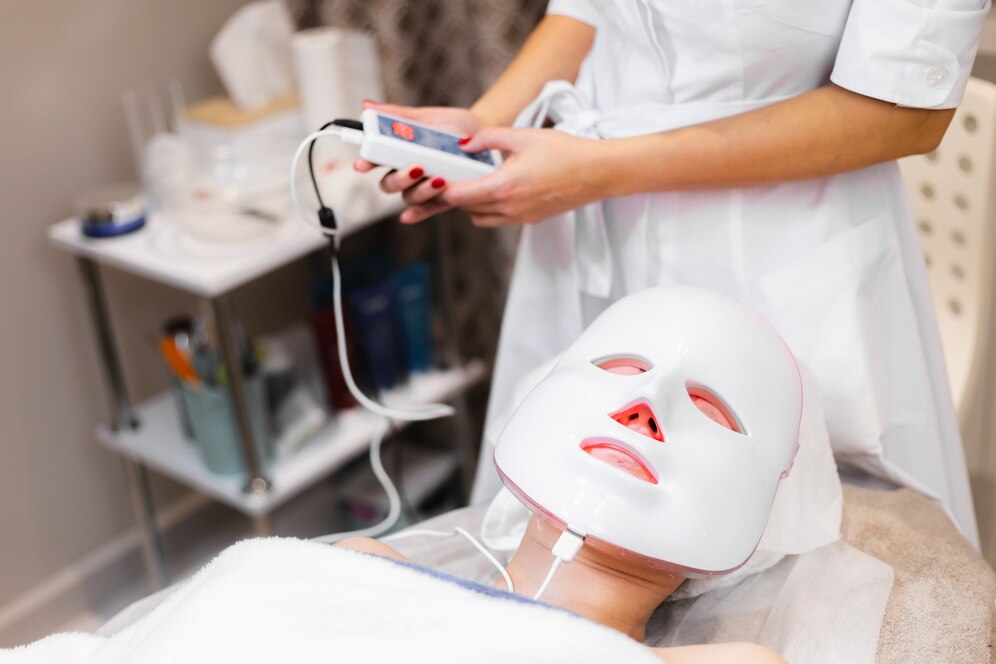Starting April 1, 2024, China is poised to enforce stringent regulations on RF beauty devices, reclassifying them as Class 3 medical devices — a standard surpassing that of the U.S. FDA. This policy adjustment poses challenges for numerous Chinese manufacturers while concurrently presenting opportunities for potential expansion into the U.S. market.
According to Euromonitor International, the market size for small personal care appliances in China reached a staggering USD 5.6 billion in 2023, with a CAGR of 4.8% from 2018 to 2023. Within this sector, beauty devices, particularly RF devices, have seen rapid growth, attracting a plethora of new market players.
However, the introduction of new regulations in 2024 is set to dramatically alter this landscape, potentially leading to a significant market collapse. The “Notice on Issuing the Guiding Principles for the Registration and Review of Radio Frequency Cosmetic Devices,” issued by the China Center for Device Evaluation of the State Food and Drug Administration, will classify RF beauty devices as high-level medical devices. This change is expected to heavily impact market development cycles and increase costs for RF beauty equipment manufacturers, possibly leading to widespread market withdrawal due to elevated investment and operational expenses.
The recently introduced regulations now require clinical trials for new product registrations, incurring costs ranging between 4 to 5 million yuan. This substantial financial obligation is expected to dissuade numerous companies from entering the market after April 1, 2024.
This is not the initial instance of regulatory crackdowns in China. In the previous month, additional restrictions on online gaming, perceived by some as an overreaction, led to significant stock declines in major companies such as NetEase and Tencent Holdings. Similarly, in 2021, the crackdown on tutoring services had a devastating impact on leading Chinese tech firms, resulting in the abrupt loss of millions of jobs.
While the Chinese government emphasizes economic growth, companies may not be feeling the benefits. “There’s no safe sector from China’s crashdown,” said China watcher tech analyst Jordan Schneider.
Under the recently implemented regulations, products previously categorized as small household appliances will now be designated as Class III medical devices. Companies are granted a two-year window to comply, but the intricacies of the process typically necessitate at least four years – a timeline that even the EU extends to five years for similar applications.
The FDA classifies medical devices into three risk-based categories, mandating approval for high-risk Class 3 devices. In contrast, lower-risk Classes 1 and 2 devices only require clearance based on predicate comparisons.
Discussions in China regarding potential exemptions for low-energy, low-risk devices from stringent regulations were not adopted, leading to a one-size-fits-all approach that poses significant challenges for companies in the sector.
With this substantial government crackdown, China’s beauty device industry faces a grim future. April 1, 2024, could mark the end of this industry, erasing a $5.6 billion market and a million jobs, dealing another blow to China’s economy.
However, this situation could present a golden opportunity for U.S. RF beauty device companies to enter or expand in China. The U.S. stands as the leading country with major RF beauty device players. According to Data Bridge Market Research, among the 19 major players operating in the radiofrequency (RF) microneedling market, the U.S. holds 11 seats. With the downturn of Chinese players, U.S. counterparts should seize this golden chance to take over the $5.6 billion and continuously growing Chinese market.
This shift could represent a significant breakthrough for U.S. RF beauty device companies to establish a prominent presence in China. The U.S. currently houses the majority of the key players in the RF beauty device sector. Data Bridge Market Research highlights that out of the 19 major players in the radiofrequency (RF) microneedling market, 11 are based in the U.S. With Chinese players facing challenges, this presents a golden opportunity for U.S. RF beauty device companies to step in and capture a share of the $5.6 billion and continually expanding Chinese market.











